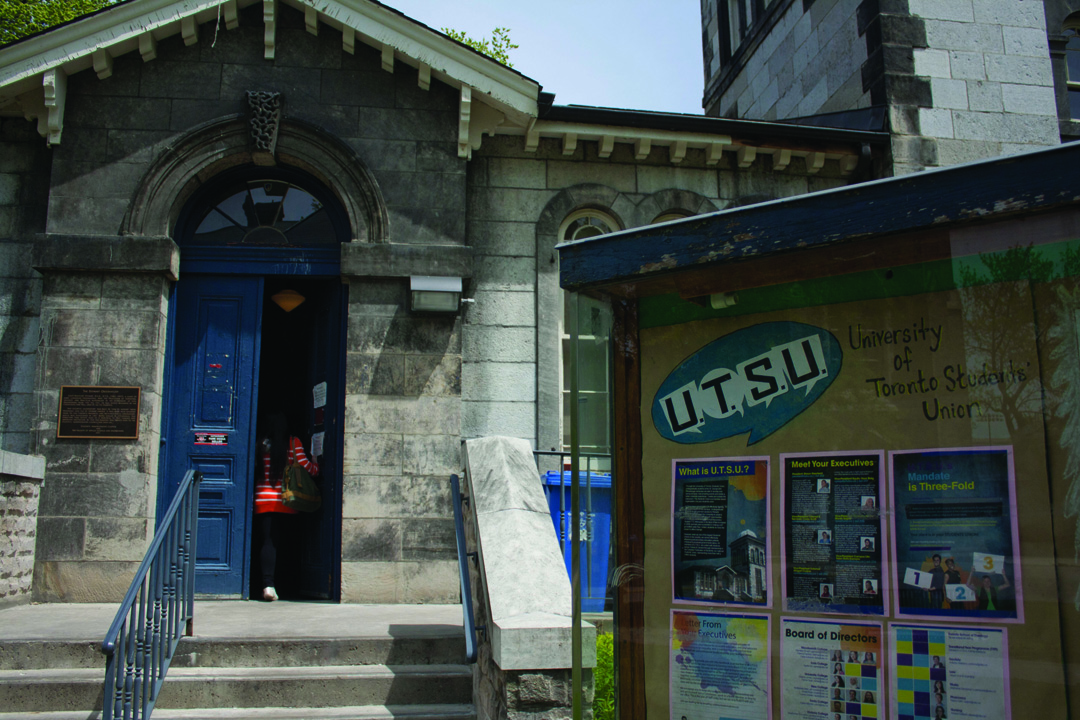The University of Toronto is far bigger than even the most overcrowded Con Hall class would make you believe. Canada’s largest university is a complicated place — and we’re not just talking about navigating the interior of University College or trying to understand the complexities of your student insurance coverage.
A behemoth of an institution with roots that date back to 1827, U of T has grown leaps and bounds from its colonial roots around Queen’s Park to include campuses in Mississauga and Scarborough.
All of this suggests some sort of master plan, organization, or structure to the governance of the 70,000-something undergraduates just like you.
Here, we map that out.

Sitting at the top of the heap is President Meric Gertler, a geographer-turned-academic administrator whose term as head of the university was recently renewed until 2023. Gertler, in conjunction with the Governing Council, is ultimately responsible for the university’s vision, mission, and purpose.
Gertler supervises a bunch of academics-turned-administrators, including Vice-President and Provost Cheryl Regehr, Vice-President of University Operations Scott Mabury, and Vice-President of Human Resources and Equity Kelly Hannah-Moffat. Below them are various other university administrators.

Governing Council is made up of the President, Chancellor, and two members each from among the officers of the university, University College, the constituent colleges, the federated universities, and the federated and affiliated colleges. Additional council members include 12 teaching staff, eight students, two administrative staff, eight alumni, and 16 people who can’t be students, staff, or faculty.
Below Governing Council are a number of committees, councils, and boards. Directly below is the Executive Committee, which vets decisions before they face the larger council.
Below the Executive Committee are the UTM and UTSC Campus Councils, the Academic Board, University Affairs Board, and Business Board. They rule on decisions pertinent to their respective areas, and their decisions are ratified by Governing Council.
And then there are the constituent colleges and faculties. New, Innis, and Woodsworth are the constituent colleges and, in most cases, University College is also treated as one. Colleges, like faculties — such as Applied Science & Engineering, Music, and Arts & Science — are owned by the university but exist as semi-autonomous entities. With a few exceptions, they run decisions by the aforementioned boards.
The university agrees to collect levies — fees that are built into your tuition — on behalf of a number of student groups across the various campuses; these groups represent student opinions on various issues, provide optional services like health and dental coverage, can lobby faculties for policies that reflect students’ interests and suggestions, and assist students in navigating the petition process.

At UTSG, the largest student society is the University of Toronto Students’ Union (UTSU). There are also councils for almost every faculty, the largest being the Arts and Science Students’ Union, beneath which there are a lot of other course unions. Student councils at the constituent colleges, like the University College Literary and Athletic Society and the New College Student Council, are also in this group. At UTM and UTSC, student unions consist of the UTM Student Union (UTMSU) and Scarborough Campus Students’ Union (SCSU).
There are also the federated colleges, which include Victoria, Trinity, and St. Michael’s. They are completely separate from the university’s governance structure and have their own presidents and governing bodies, but they agree to grant degrees on behalf of U of T and provide students with certain basic services, such as student life and registrarial aid. Every student in the Faculty of Arts & Science belongs to one of the federated colleges, constituent colleges, or UC.
The federated colleges agree to fund certain student groups, including the Victoria University Students’ Administrative Council, the St. Michael’s College Student Union, and the Trinity College Meeting.
